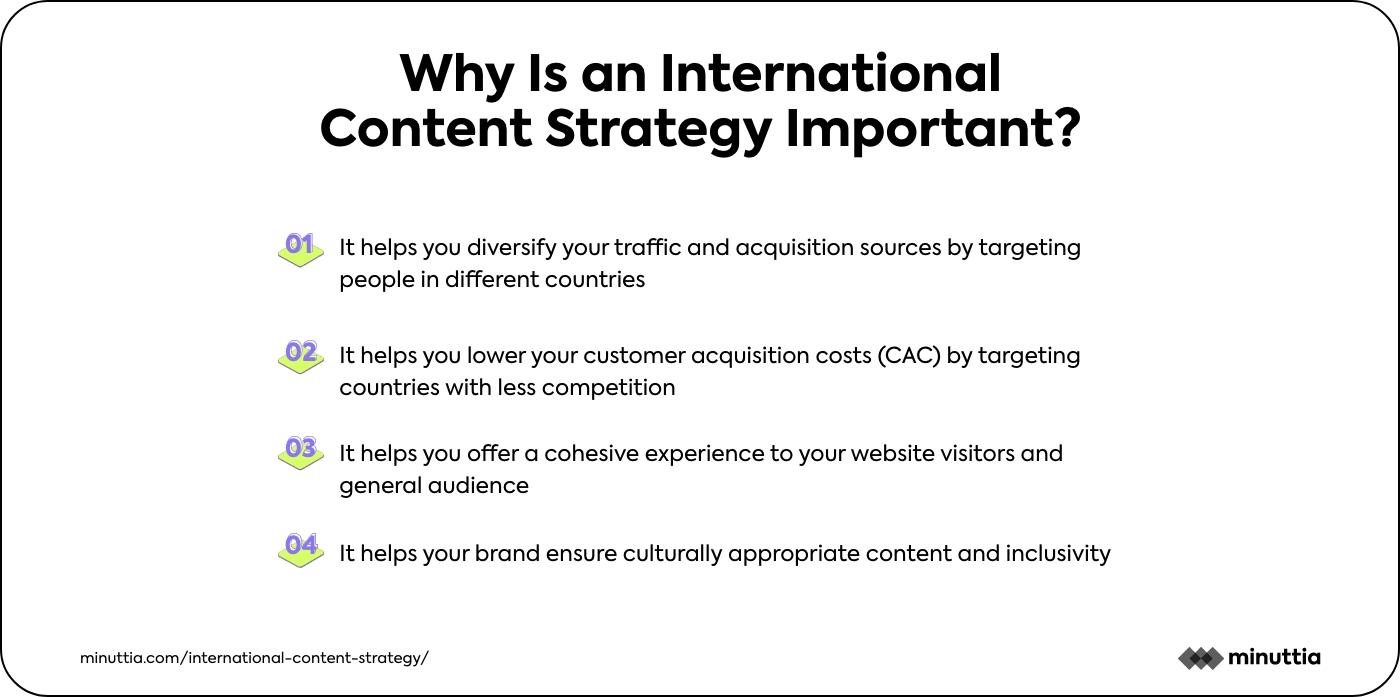Title: ?
In the rapidly evolving landscape of digital entertainment, streaming services have become a dominant force, reshaping how audiences consume media worldwide. With a vast array of options at their fingertips, viewers are no longer confined to local programming, enabling them to explore diverse narratives from across the globe. However, as streaming giants continue to expand their libraries, a critical question arises: are these platforms truly embracing international content in their new releases, or is there a disproportionate focus on domestic productions? This article delves into the strategies of leading streaming services, examining their content offerings and assessing whether they adequately reflect the rich tapestry of global storytelling. Through an analytical lens, we aim to uncover the trends, challenges, and opportunities that define the current state of international content in the streaming industry. Localized Content“>
Localized Content“>
Global Trends in Streaming: A Shift Towards Localized Content
In recent years, there has been a noticeable pivot in the streaming industry as platforms increasingly invest in localized content to cater to diverse audiences. This strategic shift is driven by the understanding that viewers are gravitating towards stories that resonate with their cultural contexts and local experiences. Major players like Netflix, Amazon Prime, and Disney+ are now focusing on producing and acquiring content that speaks directly to regional audiences, reflecting their languages, traditions, and societal nuances.
- Language Diversity: Streaming services are offering subtitles and dubbing in multiple languages, making it easier for non-English speaking audiences to access global content.
- Regional Productions: There is a growing investment in local film industries, with original series and movies being produced in countries like India, South Korea, and Brazil.
- Cultural Relevance: Content that mirrors local customs, festivals, and daily life tends to draw higher engagement, creating a loyal viewer base.
This trend towards localized storytelling is not only expanding the global reach of streaming platforms but also empowering regional creators to share their narratives on an international stage. By prioritizing authenticity and diversity, streaming services are redefining the entertainment landscape, ensuring that content resonates more deeply with a wider audience.
 International Content Acquisition”>
International Content Acquisition”>
Challenges and Opportunities in International Content Acquisition
Acquiring international content poses a unique set of challenges for streaming services. One primary issue is licensing complexities, as rights can vary dramatically across different regions. This can lead to lengthy negotiations and higher costs, making it difficult for platforms to justify the investment. Moreover, cultural differences often necessitate careful curation to ensure that content resonates with a global audience, which can be a daunting task for teams unfamiliar with local nuances.
However, these challenges also present significant opportunities. By diversifying their content libraries, streaming services can tap into new markets and attract a broader subscriber base. This not only enhances viewer engagement but also fosters cultural exchange, enriching the platform’s value proposition. Additionally, leveraging advanced data analytics allows services to predict international content trends and preferences, providing a strategic edge in content acquisition.
- Licensing Complexities: Varied rights and negotiations
- Cultural Differences: Ensuring global resonance
- New Markets: Broader subscriber base
- Cultural Exchange: Enhanced value proposition
- Data Analytics: Predicting trends and preferences
Analyzing Audience Demand for Diverse Programming
In today’s globalized world, streaming services face a unique challenge: catering to an increasingly diverse audience. Audience demand for international content has surged, driven by viewers’ growing curiosity about stories beyond their cultural boundaries. This shift is evident as viewers seek narratives that reflect different cultures, languages, and experiences. However, are streaming giants truly responding to this demand, or are they prioritizing mainstream, localized content?
Recent data suggests a mixed approach. While some platforms have expanded their international offerings, others seem to lag behind. Several factors influence this trend:
- Market Research: Accurate analysis of viewing habits and preferences is crucial. Are companies leveraging data analytics effectively to understand global interests?
- Licensing Challenges: Securing rights to international content can be complex and costly. How do these hurdles impact content availability?
- Language Barriers: Subtitling and dubbing require resources. Are platforms investing enough to make international shows accessible?
By addressing these areas, streaming services can better align their offerings with the diverse tastes of their global audience, potentially unlocking untapped markets and fostering a richer, more inclusive content landscape.

Strategic Recommendations for Enhancing Global Content Offerings
To truly leverage the potential of international content, streaming platforms should consider several strategic approaches. First, they can focus on local partnerships with regional content creators and production houses. This collaboration can provide authentic narratives that resonate with local audiences, ensuring cultural relevance and increasing viewer engagement. Additionally, platforms should invest in market-specific data analytics to understand viewer preferences and trends within different regions. By analyzing this data, services can tailor their content offerings to match the tastes and interests of diverse global audiences.
Another critical strategy involves enhancing the localization of content. This includes not only translating subtitles and dubbing but also adapting marketing strategies to align with regional cultures and languages. Incorporating multilingual user interfaces can further improve accessibility and user experience. Lastly, streaming services could benefit from creating global content festivals or showcases, highlighting international films and series to a worldwide audience, thus fostering a global appreciation and demand for diverse storytelling.



